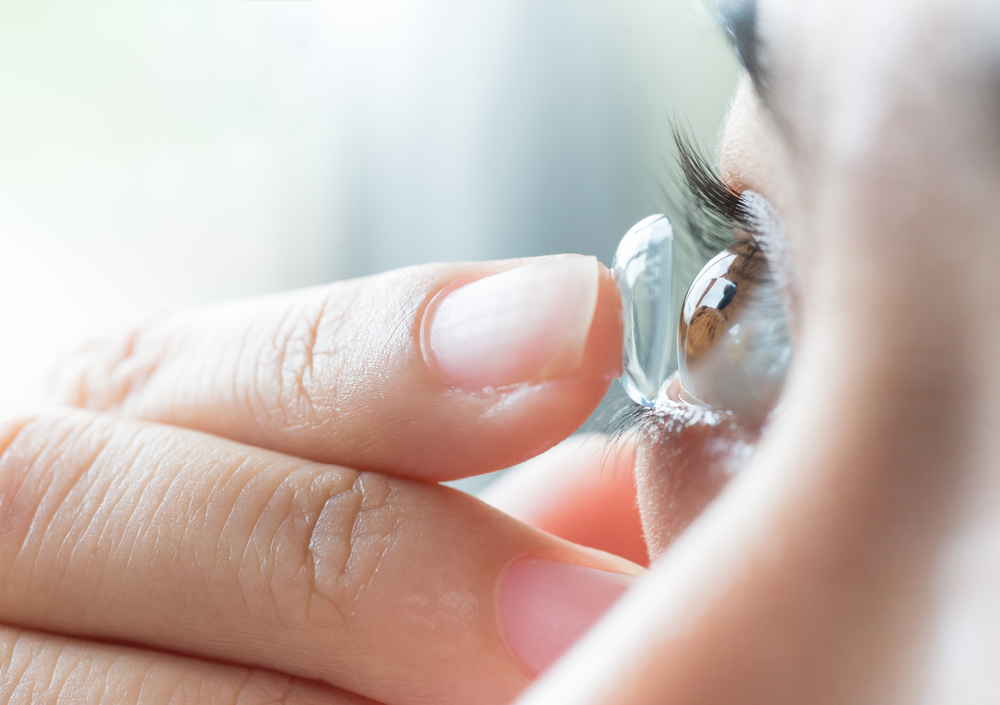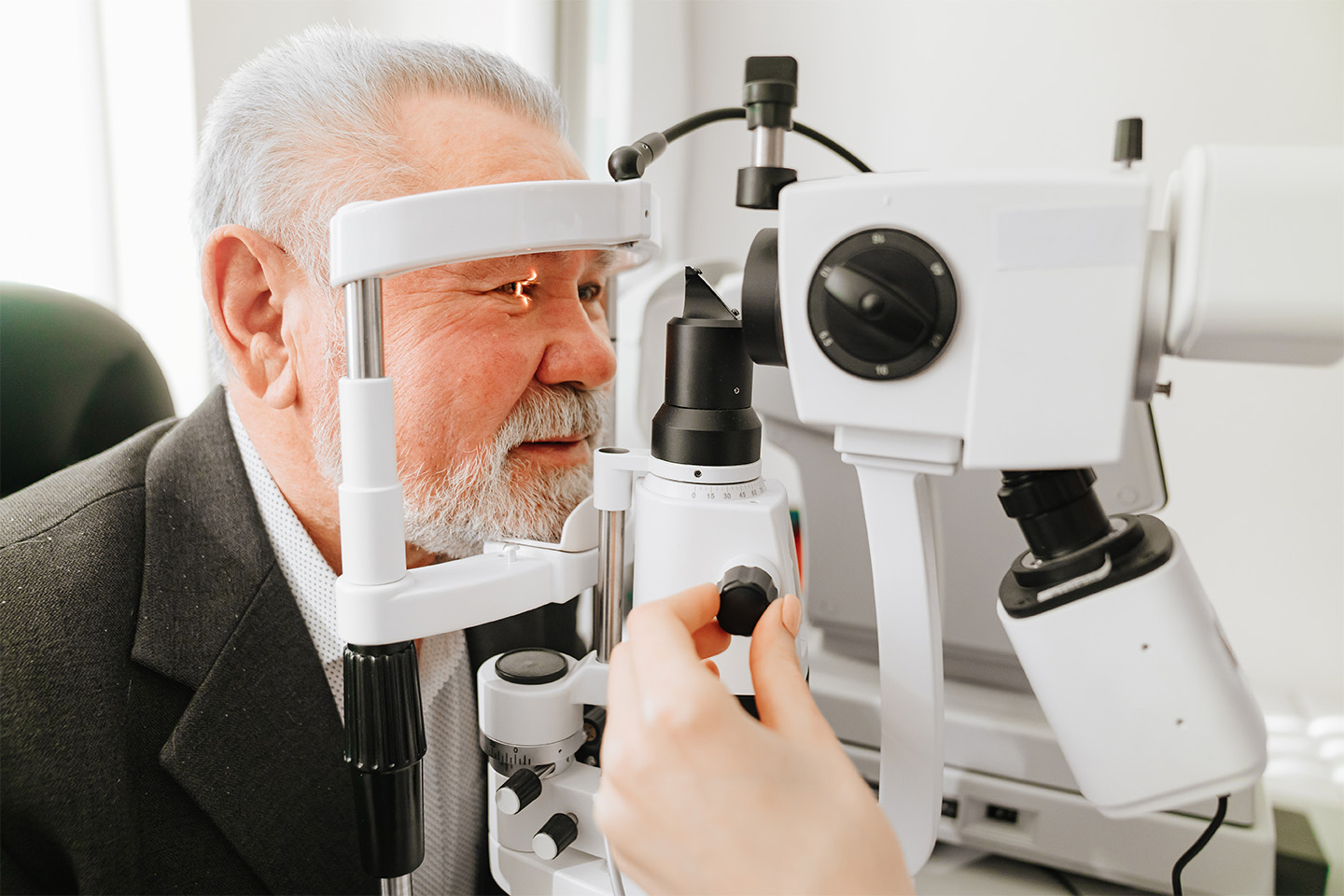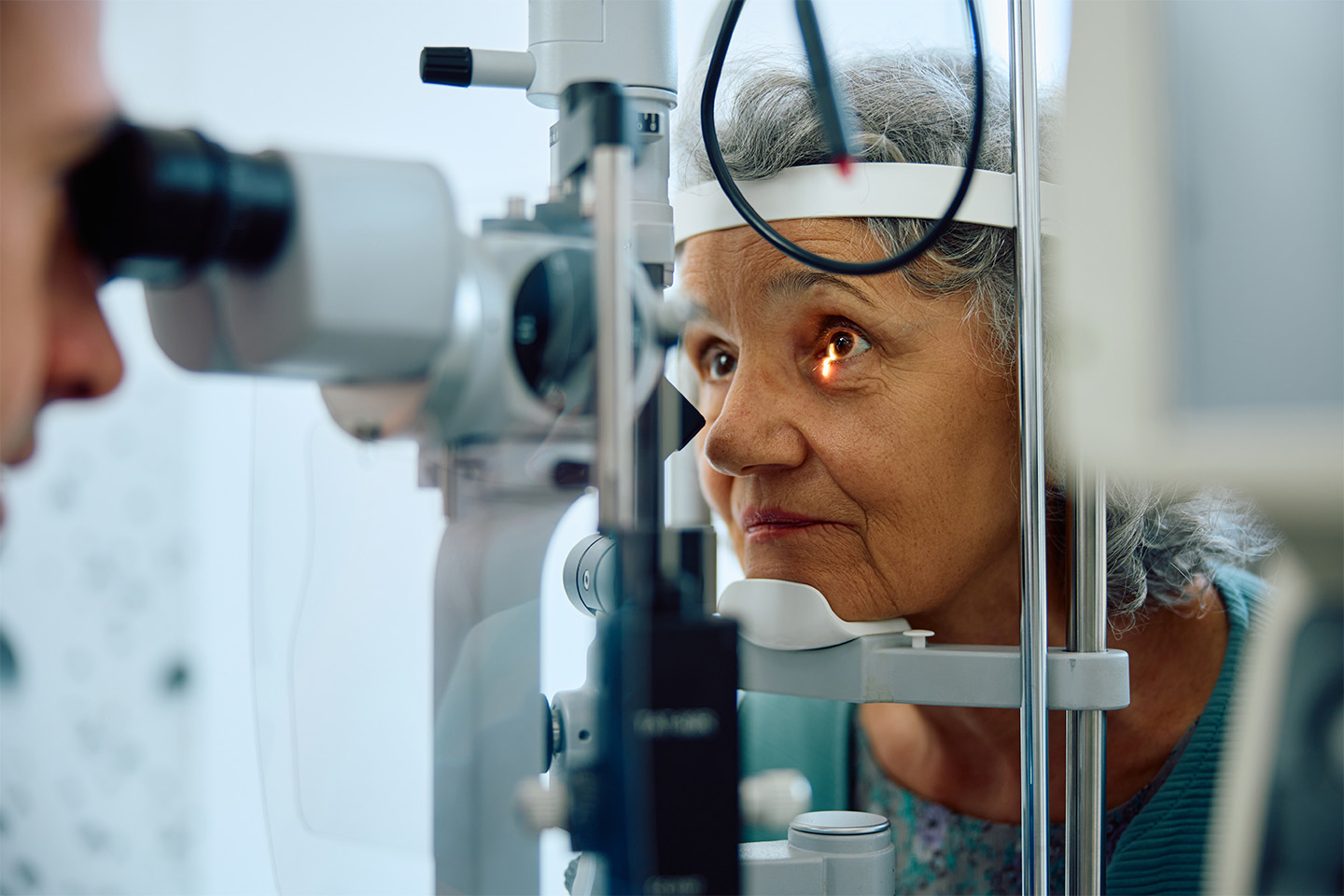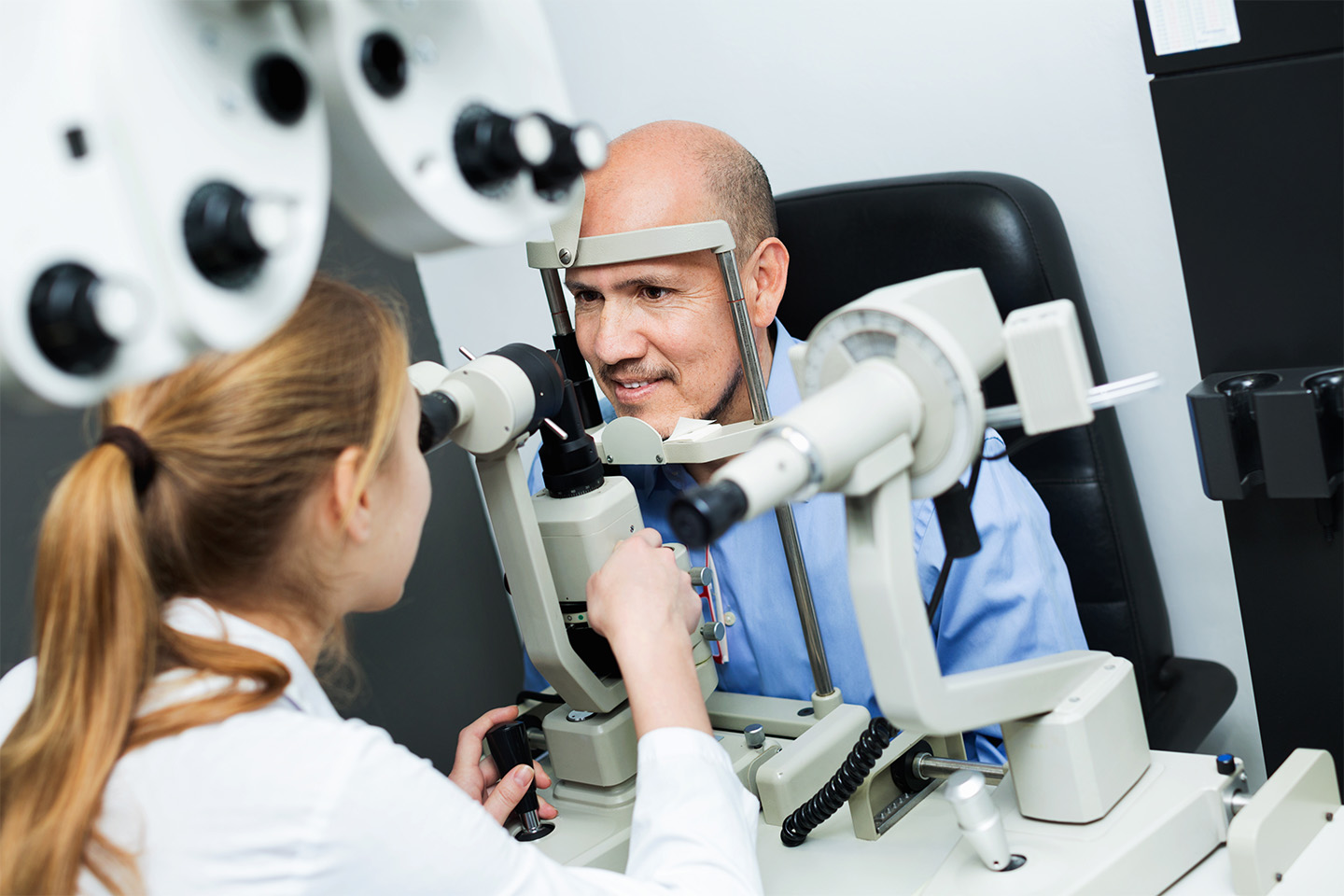Common Causes of Redness from Contact Lenses

If you wear contacts and are experiencing eye redness, one of these nine reasons is likely to blame.
Contact lenses can be a godsend to patients who have been dealing with clunky eyeglasses. But sometimes, they can feel like more trouble than they’re worth, so it is important to consult your eye care doctor if you are experiencing discomfort.
People who wear contact lenses frequently complain of the discomfort they can cause, and red eyes are among the most common symptoms. If you wear contacts, it can be tricky to identify exactly why your eyes are red, but the redness is generally due to one of the nine following causes:
-
You sleep with lenses in.
The more you wear a contact lens, the dirtier and the less permeable it becomes. Lenses that can’t “breathe” oxygen anymore are more likely to lock in irritants like dirt and grime, which can begin to affect your eyes.
The most common cause of this phenomenon is sleeping with lenses in. It can be tempting to sleep with contacts in after a long, hard day, but taking a moment to remove them will give your eyes a break and keep them from getting irritated.
-
You have dry eyes.
Contact lenses need a generous layer of tears on the surface of the eye in order to stay hydrated and in place. Unfortunately, the lenses can suck up all the tears that your eye produces (and then some), resulting in red and irritated eyes. This effect will worsen if you also suffer from any one of the many conditions that cause dry eyes, as your eyes likely aren’t producing enough tears to begin with.
-
You have defective lenses
If a contact lens is defective, it’s usually because it’s torn. Torn lenses can be irritating — or even dangerous — to the eye. The defective lens can scratch the cornea, which can then lead to discomfort, redness, and even infection.
-
The lens is too large
A lens that is too large is likely to move around every time you blink — so, quite often. Each one of those movements causes friction between the lens and the eye, especially if you’re low on tears, which increases the irritation. With enough irritation, your eyes will begin to ache and appear red.
-
The lens is too small
A tight lens can obstruct the normal flow of tears and even reduce the amount of oxygen delivered to your cornea. Tight lenses may not be noticeable when you first put them in, but by the end of the day, you’ll develop compression rings on your cornea that your doctor can detect during an optometry exam.
-
Corneal ulcer
An ulcer, which can occur anywhere in the body, is an area where the body’s natural tissue has started to erode. Corneal ulcers are ulcers that specifically occur at the front of the eye. The first symptom of a corneal ulcer is redness. Because irritation can incite ulcers, contact lens wearers are particularly susceptible to them.
-
You have allergies.
Allergies and contact lenses aren’t a great mix. Even without contact lenses, allergies can cause sufferers eye irritation, causing them to frequently rub their eyes in search of relief. With contacts, however, that rubbing can cause the lens to grind against the cornea, causing irritation. Also, the lens itself can trap allergens and hold them against the eye, worsening the allergies’ effects.
-
Your contact solution is irritating.
Unfortunately, it’s also possible to be allergic to contact lens solution or to the solution’s preservatives. An allergy to the solution can develop at any time; even people who don’t have any other allergies have been known to develop a contact lens solution allergy.
-
You have an eye condition.
GPC occurs due to inflammation that results from a foreign body — in this case, the contact lens — pressing against the eye. The condition causes redness and irritation, but it can also cause the contact lens to move around the eye, which in turn causes more redness and irritation — a nasty cycle.
If your contacts are causing you discomfort or you think you’re suffering from any of these conditions, it’s probably time to get your eyes checked and your contact lens prescription reassessed. However, chronic problems with contact lenses could also indicate that it’s time to look into alternatives like LASIK, which can quickly and effectively eliminate the need for contact lenses at all.
Interested in talking about your vision options? The eye experts at Swagel Wooton Eye Institute can help. Contact us today to make an appointment at our Mesa or Chandler locations.









